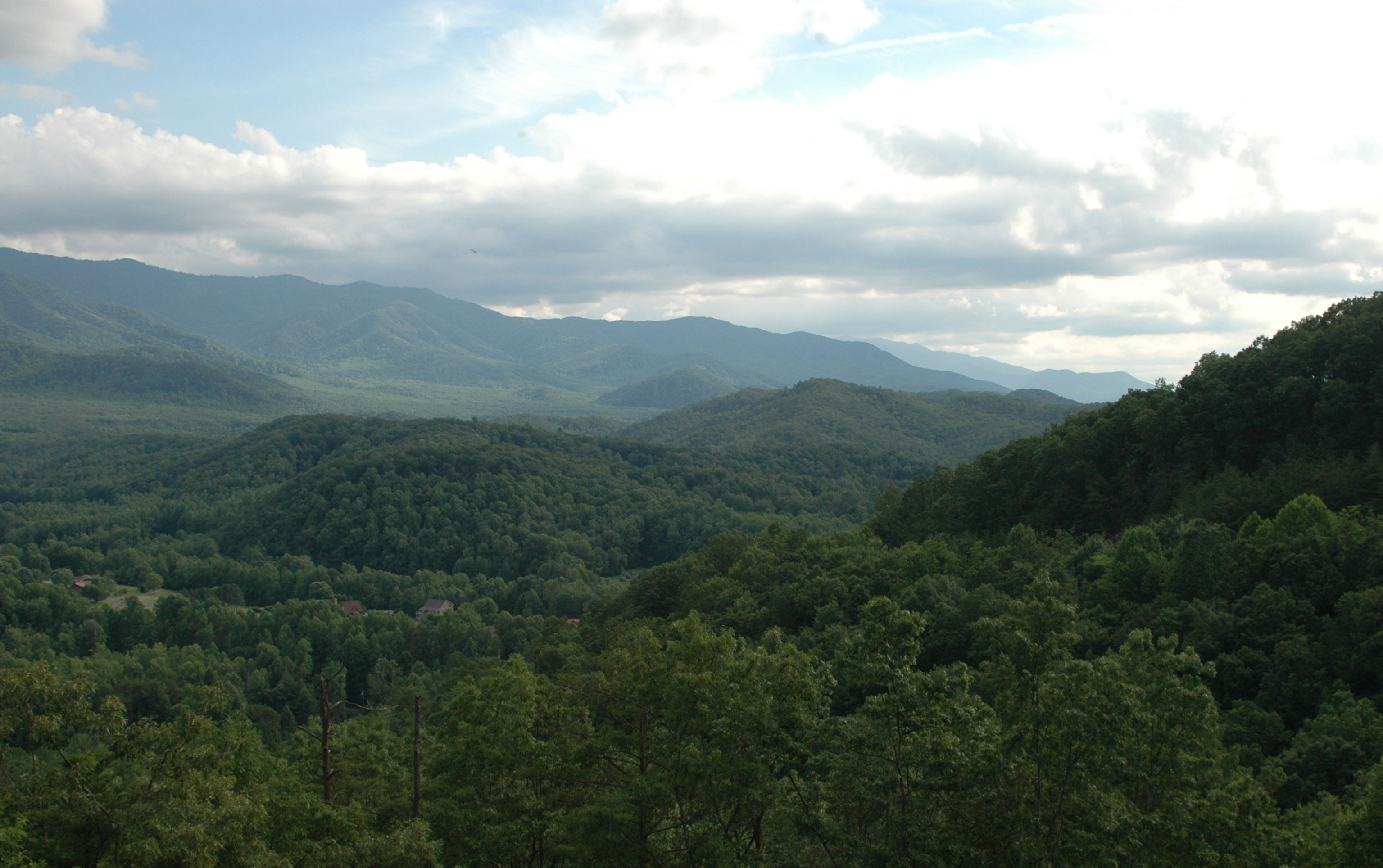
During the turn of the millennium, a lot of uncertainty abounded across America. Many of us can remember holding our breath the evening of December 31, 1999 in anticipation of the notorious Y2K computer bug – a catastrophe that would result if early computers could not recognize the “00” of the year “2000,” resulting in predicted rampant errors or complete shutdown. Of course, this blog is a living testament to the fact that these scares never came to fruition!
Long before potential computer problems became an issue, however, there was another group of Americans that know all-too-well what longstanding uncertainty is like – Native Americans. Our Global ReLeaf journey in 2000 sought to give back to those that originally called America home, particularly with our Cherokee Indian Reforestation project. This project, which planted 3,500 trees of mixed species, including white oak, red spruce, and American chestnut, worked to reforest an area of the Qualla Boundary, a 57,000-acre property next to the Great Smoky Mountains National Park of North Carolina. This parcel of land, purchased from the federal government by the Native Americans in the 1800s, is owned by the Eastern Band of Cherokee Indians.
As it turns out, the Eastern Band of Cherokee Indians have a fascinating history filled with stories of resilience. In 1838, the federal government worked to forcefully remove southeastern Cherokee Indians to acquire additional land, resources, and gold, resulting in the banishment of over 16,000 individuals through the Indian Removal Act. This removal required the many thousands of natives to march to their relocation site in Oklahoma, with a substantial portion of the Cherokee tribe (between 25 to 50 percent) perishing before reaching their destination. As a result, this infamous move has historically become known as the Trail of Tears.
Most of the Eastern Band of Cherokee Indians, however, did not march west to Indian Territory. A small group of approximately 800 Cherokee remained in the southeast U.S. by evading removal. Additionally, several members that participated in the march allegedly returned to the Qualla Boundary later, and the Eastern Band was composed of 1,000 members by 1850. The descendants of these combined groups compose the current Eastern Band of Cherokee Indians, a sovereign nation of over 14,000 members.
Working with the Resource Institute of Social Education, American Forests planted the aforementioned trees within and near the Qualla Boundary to allow the members of the Eastern Band of Cherokee Indians to retain many aspects of their culture and livelihoods. The Cherokee are often renowned for their arts and crafts, including pottery, beadworking, and woodcarving. In addition, the Cherokee, like many Native American tribes, are celebrated stewards of the earth and often have stringent programs to restore and conserve many natural resources used by artisans – including, of course, forests.
American Forests did not stop there, however – we also worked with the Ohkay Owingeh tribe of New Mexico in 2008, a band of Mohican Indians in Wisconsin in 2003, and many other diverse people and projects throughout our 25-year history.